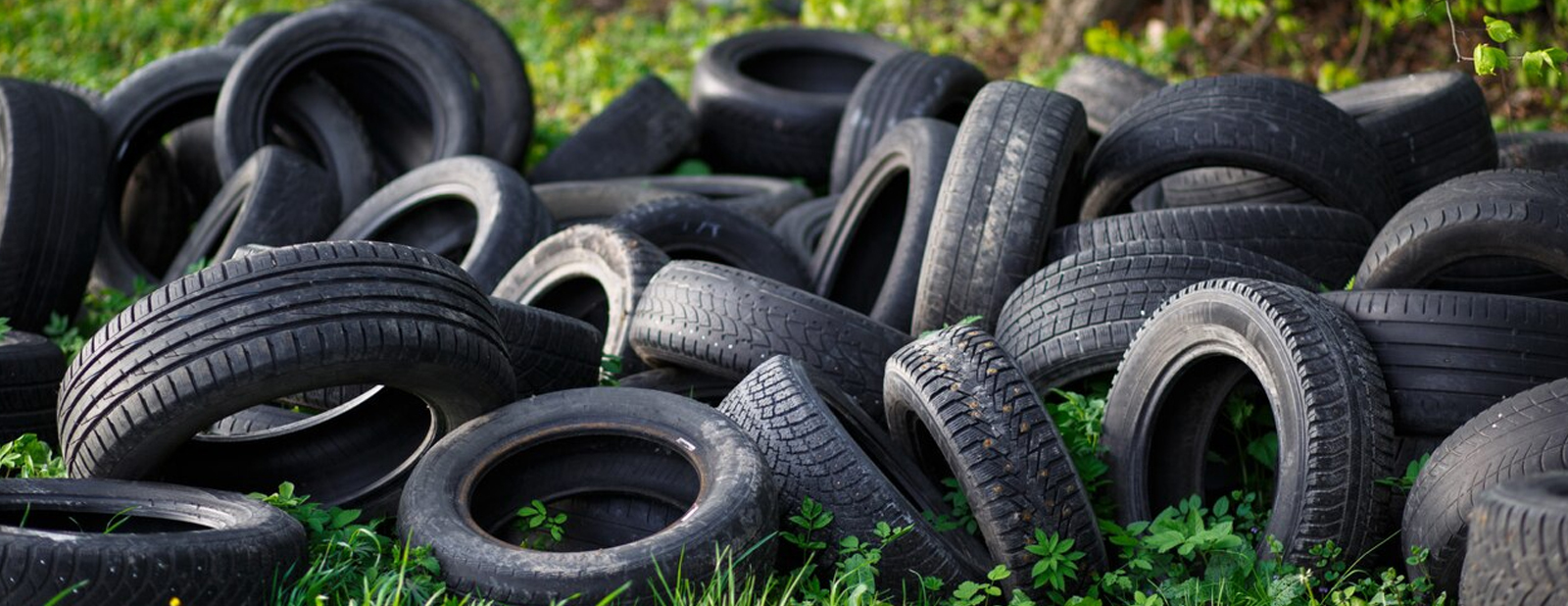How to Process Tires into Tire Pyrolysis Oil (TPO) and Recyclable Carbon Black: A Comprehensive Guide
Recycling tires is an essential process that helps reduce waste, promote sustainability, and reclaim valuable materials. Tires, after reaching the end of their useful life, pose significant environmental challenges due to their size, composition, and longevity. However, through the development of advanced recycling technologies, it's possible to process these tires into useful products like TPO (Thermoplastic Olefin) and recyclable carbon black, both of which have important industrial applications.
In this blog post, we will explore the process of converting tires into TPO and recyclable carbon black, detailing each step, the science behind it, and the environmental and economic benefits.

1. Understanding the Components of a Tire
Before diving into the recycling process, it’s important to understand what makes up a tire. Tires are generally made from:
- Natural Rubber: This is the primary material used in tire manufacturing.
- Synthetic Rubber: Often used alongside natural rubber to improve performance.
- Steel: Reinforced steel wires are used in the tire to provide strength.
- Carbon Black: A reinforcing filler made from carbon, which strengthens the rubber and improves durability.
- Other Additives: Such as oils, antioxidants, and plasticizers, to enhance performance and extend the lifespan of the tire.
The combination of these materials makes tires durable but also challenging to recycle.
2. The Tire Recycling Process
Tire recycling generally involves several stages, starting from the collection and cleaning of the tires to breaking them down into their raw components. Here's a step-by-step guide:
Step 1: Tire Collection and Preprocessing
The first step in tire recycling is collecting the tires from various sources, including used tire stores, landfills, or scrap yards. Once the tires are gathered, they are thoroughly cleaned to remove dirt, oil, and any other contaminants.
Step 2: Shredding the Tires
After cleaning, the tires are shredded into smaller pieces using specialized equipment like granulators or tire shredders. These smaller pieces make it easier to separate the components and recycle them efficiently.
Step 3: Separation of Materials
This is where the magic of tire recycling happens. The shredded tire pieces are then subjected to different separation techniques, such as:
- Magnetic Separation: Steel wires and other ferrous metals are extracted using powerful magnets.
- Air Classification: Non-metallic materials, such as rubber and carbon black, are separated based on their density and weight.
- Crumb Rubber: The rubber component is often ground into small pieces, known as crumb rubber, which can be used in a variety of applications.
At this point, the tire is effectively broken down into its individual components: rubber, steel, and carbon black.
3. Converting Rubber into TPO (Thermoplastic Olefin)
TPO is a type of plastic polymer that is made by blending polyolefin with rubber. This makes TPO highly durable and recyclable, making it a perfect material for automotive and industrial applications. Here's how tire rubber can be converted into TPO:
Rubber to TPO Conversion
To convert tire rubber into TPO, the rubber is combined with other materials, such as polypropylene (a type of polyolefin), and a catalyst is introduced to help facilitate the polymerization process. This blend is heated and then cooled into a solid form. The result is a thermoplastic material that has similar properties to rubber but with the added benefit of being more easily molded and recycled.
The TPO can then be used in a variety of applications, including automotive parts (e.g., bumpers, dashboards), construction materials, and consumer goods.
4. Producing Recyclable Carbon Black from Tires
Carbon black is a crucial ingredient in tire manufacturing as it helps strengthen the rubber and improve its durability. Traditionally, carbon black is made from fossil fuels, but tire recycling presents an opportunity to reclaim this valuable material.
Extracting Carbon Black from Tires
Once the rubber has been separated from the steel, the remaining crumb rubber can be processed in a specialized furnace known as a thermal reactor. In this process, the rubber is subjected to high heat in the absence of oxygen (a process known as pyrolysis), breaking it down into smaller components, including:
- Recyclable Carbon Black: This carbon black can be extracted and purified, making it reusable in the production of new tires or other rubber products.
- Pyrolysis Oil: A valuable byproduct that can be used as fuel or further refined into other chemicals.
- Gaseous Byproducts: These can be captured and used as a renewable energy source to power the recycling process.
The reclaimed carbon black is then processed and purified for reuse, making it a sustainable and cost-effective alternative to traditional carbon black.
5. Environmental and Economic Benefits
Recycling tires into TPO and recyclable carbon black offers numerous benefits for both the environment and the economy:
Environmental Benefits:
- Waste Reduction: Tires are one of the largest categories of waste in landfills, and recycling helps reduce the volume of waste.
- Resource Conservation: Reclaiming materials like carbon black and rubber reduces the need for virgin resources, conserving natural materials and reducing environmental impact.
- Lower Carbon Footprint: Recycling tires into useful products reduces the carbon footprint associated with the production of new raw materials.
Economic Benefits:
- Job Creation: The tire recycling industry generates employment in areas such as tire collection, processing, and material sales.
- Cost Savings: The use of recycled materials like TPO and carbon black can lower production costs for industries that rely on rubber and plastic materials.
- Energy Efficiency: Pyrolysis and other recycling processes can generate energy, reducing the need for external power sources.
